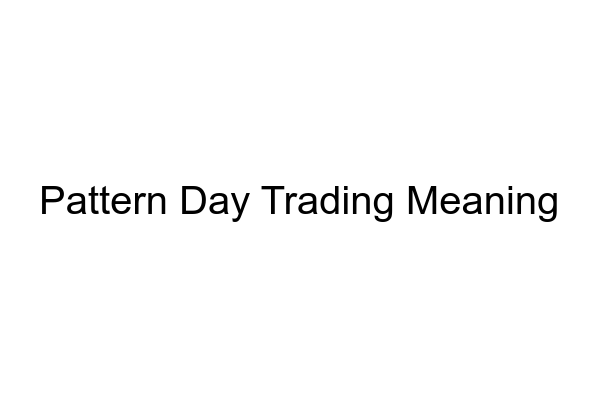Surviving the Pattern Day Trading Rules
Day trading is a risky business, but with the correct approach, traders can increase their profits while still staying within the investing rules. Pattern Day Trading (PDT) regulations are particularly important to consider because they are designed to protect traders – and the securities market as a whole – by limiting the amount of intraday trades that are allowed. It’s crucial to become familiar with the PDT criteria in order to remain compliant with FINRA Rule 4210 and avoid any trading restrictions that may occur if the criteria aren’t fulfilled.
Defining the Pattern Day Trading Criteria
The Pattern Day Trader criteria are defined by the US Securities and Exchange Commission (SEC) as any trader who:
- Executes four or more day trades within a five-day period in a margin account
- The same trader executes more than 6% of all trades in the account within a five-day period.
Day trades are defined by the SEC as the purchase as well as the sale or the sale and the subsequent purchase of the same security on the same day. To make sure that traders do not exceed the pattern day trading criteria, the FINRA Rule 4210 dictates that all traders should maintain a minimum account equity of $25,000 throughout the trading day.
Strategies for Meeting Pattern Day Trading Requirements
The simplest approach when it comes to surviving the PDT rules is to keep a cash balance in the margin account of at least $25,000. This way traders can make four trades a day without running the risk of being outside of the FINRA requirements.
Traders should also pay attention to the leverage ratios that their broker offers. MarketXLS, for example, provides leverage of up to 6x depending on the asset type and the trader’s experience with day trading. It is important to note that leverage ratios can significantly increase the amount of profits, but they start becoming relevant when the maximum of four trades a day is already reached.
Additionally, traders should consider incorporating additional strategies that work after the PDT criteria is fulfilled. Such strategies can include different stock market strategies such as position trading, momentum trading and swing trading.
Conclusion
The Pattern Day Trader Criteria exist to protect traders from making risky intraday trades and to ensure the integrity of the overall securities market. By adhering to the FINRA Rule 4210, traders can avoid any trading restrictions and, until reaching the maximum of four trades per day, use the leverage ratios to increase their profits.
One important way to help traders remain compliant with the PDT rules is to use a powerful stock market data analysis platform such as MarketXLS. Equipped with a suite of options chain analysis and stock screening tools, MarketXLS can save traders time and money by automating many of the tasks that would otherwise have to be done by hand.
Here are some templates that you can use to create your own models
Search for all Templates here: https://marketxls.com/templates/

